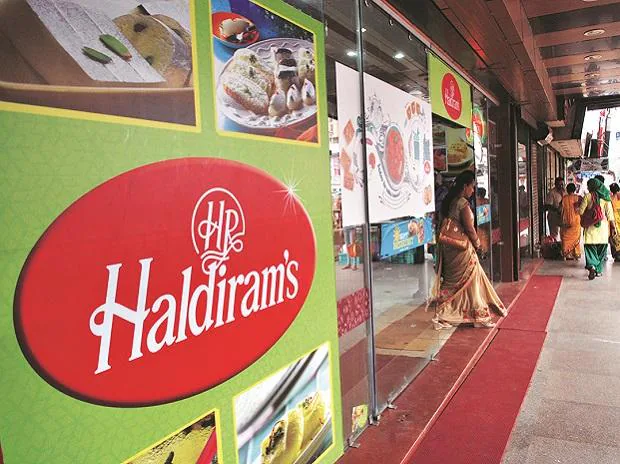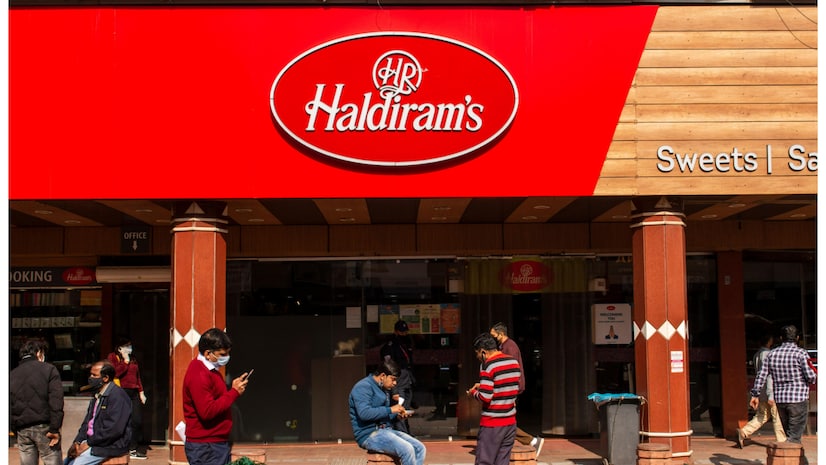
Haldiram’s, an iconic brand in the Indian snack and sweets industry, has transformed over eight decades from a small shop in Bikaner to an international brand with a significant market presence across India and abroad. The journey of Haldiram’s provides rich insights into brand management, family-owned business dynamics, operational excellence, and marketing innovation. This case study examines the critical business strategies and lessons from Haldiram’s story, structured to engage students and professionals at top business schools worldwide.
1. Origins and Brand Legacy
Founded in the 1930s by Ganga Bishan Agarwal, also known as “Haldiram,” the company began as a modest namkeen (snack) shop in Bikaner, Rajasthan. Haldiram’s is now recognized globally, known for its traditional Indian snacks such as Bhujia, alongside an expanding product line including sweets, frozen foods, and beverages. This origin story highlights the potential of transforming a family business into a global brand, inspiring numerous family-owned enterprises to consider scalable growth models.
2. Key Business Strategies and Lessons
A. Brand Management
- Innovative Brand Positioning: From early on, Haldiram’s distinguished itself by developing products with unique flavors and superior quality. They coined unique brand terms such as “Dungar Sev,” named after the Bikaner royalty, which appealed to regional pride and emphasized local authenticity. This differentiation laid the groundwork for a brand identity focused on quality and tradition.
- Consistent Quality Control: To maintain their brand’s integrity, Haldiram’s developed strict quality standards. Investments were made in in-house quality control processes for raw materials, a pioneering move among Indian snack businesses. This focus on consistent taste and quality has been instrumental in building trust with consumers across generations.
B. Marketing and Product Innovation
- Early Product Innovation: Haldiram’s wasn’t afraid to experiment with flavors. When Ganga Bishan Agarwal’s wife introduced a crispy version of Bhujia using moth beans and innovative frying techniques, it created a product unlike any other on the market. This early innovation attracted customers and built the brand’s reputation for unique, high-quality snacks.
- Strategic Geographic Expansion: Haldiram’s recognized that each region in India has its own taste preferences. Their expansion into different cities (such as Kolkata, Nagpur, and Delhi) was accompanied by localized marketing and product adaptation strategies. Each city outlet introduced products tailored to local tastes while maintaining the brand’s quality and authenticity.
- Innovative Packaging and Distribution: Haldiram’s was one of the first Indian snack brands to adopt premium, tamper-proof packaging, which greatly increased shelf life and expanded their reach to regions far from production centers. This strategy addressed the challenge of maintaining product freshness, leading to greater consumer trust.
C. Operational Excellence
- Investment in Technology and Production Facilities: To scale production while maintaining quality, Haldiram’s invested in state-of-the-art manufacturing facilities. They automated processes like frying and packing to reduce variability, ensuring that products retained their signature taste even at higher production volumes.
- Supply Chain Efficiency: With a diverse range of suppliers, Haldiram’s managed to avoid dependency on single sources for critical raw materials like spices and legumes. This multi-vendor approach allowed them to meet demand reliably, even during supply chain disruptions.
- Process Standardization and Training: As the company grew, they developed standardized operating procedures (SOPs) for each task, from production to sales. New hires went through structured training to ensure uniformity in operations and customer experience, especially in their retail outlets and restaurants.
D. Finance and Investment Management
- Self-Funding and Controlled Expansion: Unlike many rapidly growing brands, Haldiram’s avoided excessive debt. The company primarily reinvested its profits to fund new locations, diversify product lines, and expand manufacturing capabilities. This cautious financial strategy allowed them to grow sustainably without diluting ownership.
- Professional Management Transition: In recent years, Haldiram’s brought in professional management to lead its operations and strategic direction. This transition helped the family business adapt to modern business practices, making it more resilient in the competitive FMCG sector.

3. Challenges Faced by Haldiram’s
- Family Business Disputes: The Agarwal family had to navigate challenges typical of family-run enterprises, such as inheritance disputes and disagreements over expansion strategy. Today, Haldiram’s operates as three separate entities across different regions—Haldiram’s Delhi, Haldiram’s Nagpur, and Haldiram’s Kolkata—each owned by different family members.
- Trademark and Branding Conflicts: Due to the brand’s partition, Haldiram’s faced legal disputes over branding rights. Despite these internal challenges, each branch maintained the brand’s core values and reputation, allowing the name to continue growing in value.
- Regional Competition and Global Expansion: While Haldiram’s dominates the Indian market, expanding internationally presents new challenges. Competing with established global snack brands and catering to diverse, non-Indian taste profiles require a nuanced, adaptive approach to marketing and product development.
4. Critical Insights and Recommendations
A. Strategic Diversification
Haldiram’s success showcases the importance of strategic diversification in product offerings. Their move into sweets, frozen foods, and even restaurants has enabled them to become a more resilient brand, with multiple revenue streams to cushion market fluctuations in any one segment.
B. Digital and E-commerce Transformation
To remain competitive, Haldiram’s should increase their digital footprint and explore direct-to-consumer (D2C) models, allowing consumers worldwide to purchase their products online. Given the popularity of e-commerce platforms, this could be an opportunity to reach new markets and provide a seamless shopping experience for customers globally.
C. Sustainability and Global Standards
As Haldiram’s expands internationally, compliance with global standards on sustainability, packaging, and quality is crucial. Investments in eco-friendly packaging and transparency in ingredient sourcing can enhance their brand image and appeal to environmentally conscious consumers.

5. Structured Takeaways for Top B-School Learners
| Business Function | Key Lesson | Example |
| Operations | Process Standardization and Technology Investment | Automated frying systems ensure quality control and scalability. |
| Brand Management | Building and Protecting Brand Legacy | Trademark disputes handled while keeping brand integrity intact. |
| Marketing | Localization and Product Innovation | Tailored product offerings for different regions, unique packaging for shelf life extension. |
| Finance | Controlled Expansion with Self-Funding | Expansion funded through profits, avoiding dilution of ownership. |

Conclusion
Haldiram’s growth from a small-town namkeen shop to an international powerhouse is a remarkable journey of perseverance, family legacy, and business acumen. For top business schools, the Haldiram case serves as a powerful example of how traditional, family-owned brands can modernize without losing their roots. This case study highlights the importance of strategic innovation, operational efficiency, and adaptability in achieving sustained success in a competitive industry.
Reference
Case Study by CA Rahul Malodia – “Haldiram’s: The Journey of India’s Beloved Snack Brand”
Leave a Reply